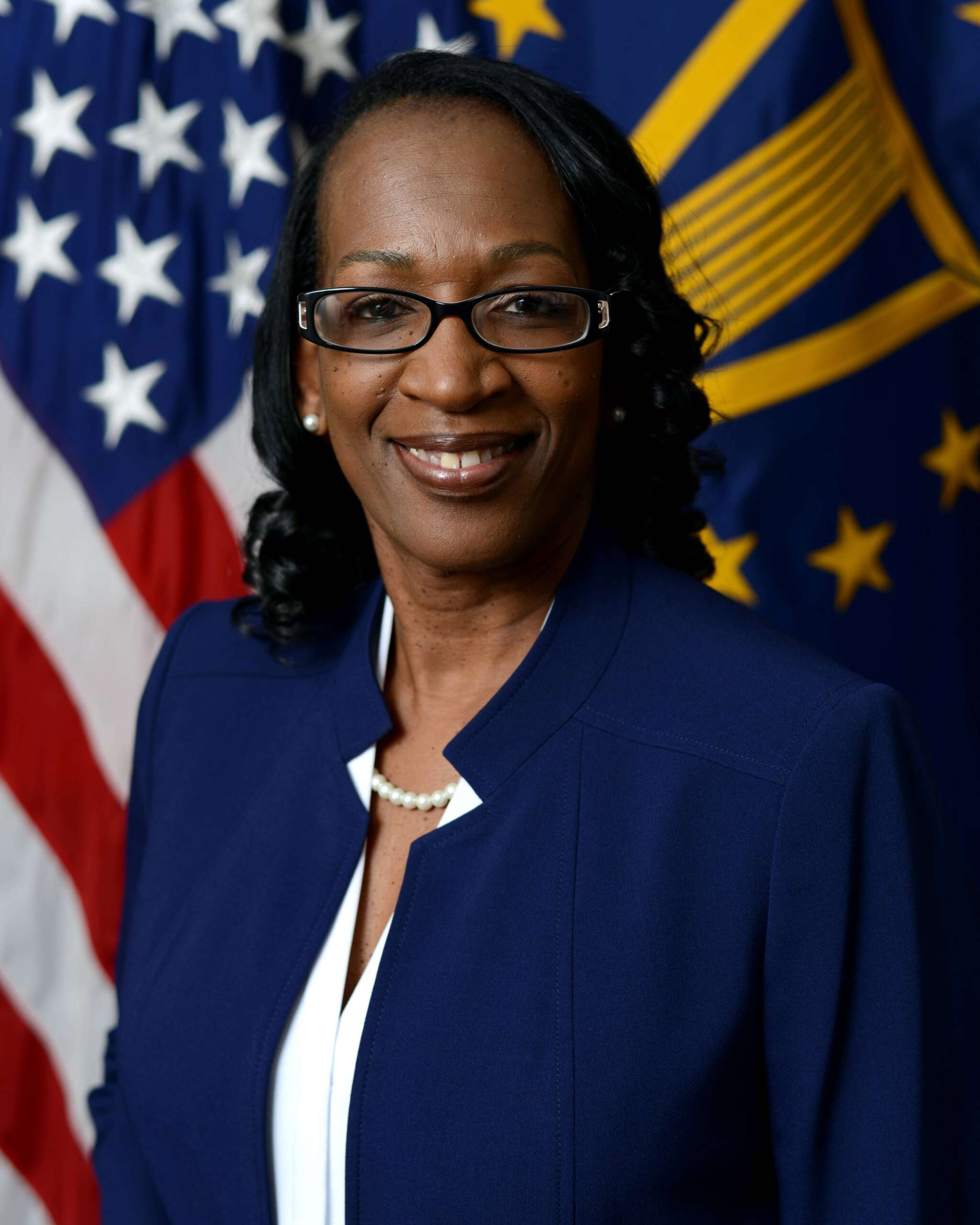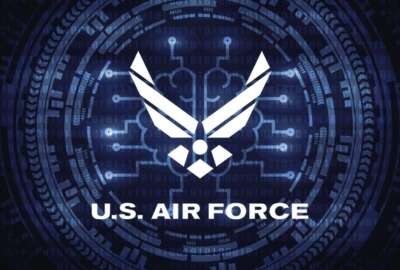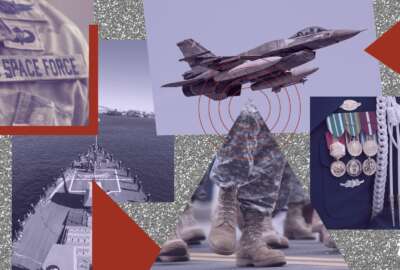Air Force increasing cloud capabilities for the warfighter
Venice Goodwine, the Air Force’s CIO, said one goal is to create more transparency on how much money mission owners are spending on cloud services.
The Department of the Air Force’s chief information officer’s strategy to increase the capabilities of its airmen and women and guardians is centered on increasing the use of cloud services.
Venice Goodwine, the Air Force’s CIO, said the cloud cannot be thought of as just for business applications. The lines between the back office and the tactical edge have blurred, she said.

“I’m expanding the cloud from NIPERNet [unclassified network] to SIPRNet [classified network] and also having all those capabilities as well in that cloud on both sides. As we think about the different classifications, how do we get there with those same human-to-human capabilities are important?” said Goodwine said at the recent AFCEA NOVA Air Force IT Day, an excerpt of which was played on Ask the CIO. “The other thing when I’m thinking of the cloud, it’s an investment. But I’m also going to create the transparency that we haven’t seen before in the cloud. Now when I think financial operations in the cloud, I now can talk to my system owners about their investment in the cloud, tell them when to pay for reserve instances. I could talk to them about how can they make adjustments in their investment based on the usage or their computing and storage? I didn’t have that visibility before.”
The Air Force is planning to have a single tenet for Office 365 on the secret side, which is different than what the service did with its unclassified version, which had multiple tenets
Several other military services and agencies also have rolled out O365 on the secret side recently.
“What’s important for my cloud strategy is making sure that I have cloud at the tactical edge. That’s my reliance on commercial cloud services at the edge because if I’m going to have decision advantage, I have to make sure that the data is available. The data needs to be where the warfighter is and the data needs to be in the cloud,” Goodwine said. “I don’t intend to put the data in the continental United States (CONUS) when I’m fighting in INDOPACOM. I need the data there. But then I also need the cloud at the edge. I need the data at the edge. I need artificial intelligence to make sense of the data. And it needs to be trusted. So all the attributes, you talk about data, I need all of that there. So it’s not just enterprise IT. It is it for the warfighter. That’s my mantra and you’ll hear me say that all the time and my team speak that same language.”
Air Force expanding virtual environment
The Air Force continues to mature its approach to buying cloud services. Goodwine, who became the CIO in August, said the Joint Warfighting Cloud Capability (JWCC) remains the first option of where to buy cloud services, especially for new workloads. But, she said, those workloads and applications will remain in the CloudOne platform.
The Air Force is working on a new solicitation for CloudOne, called CloudOne Next.
The Air Force released its request for information for CloudOne Next in September and just in March, it offered more details on its acquisition strategy.
The Air Force expects to release three solicitations for CloudOne Next in the third quarter of 2024 and make the award in the fourth quarter of this year. It will be three single-award blanket purchase agreements on top of the schedules program run by the General Services Administration.
As part of this cloud expansion, Goodwine said the Air Force is developing a virtual environment to make it easier to access applications in a secure way.
“If you’re on your home computer, you have a Mac, you can go to portal.apps.mil and you can access your O365.You can be as productive as you need to be. There is no need for you to VPN in and you can use your home network,” she said. “You want to be able to access your OneDrive, all your apps and email, you can do that today. You only VPN in because you’re trying to get to some shared drives that we’re going to shut down eventually anyway. So really, those are the things that we already have in play that we should take advantage of, especially now that we’re in a hybrid environment. As we move forward, yes, understanding the work that’s done, the hours required to do that work so that we can make better investment decisions about the technology that we want to use, so I do think there’s a connection between technology and people hours.”
Additionally, Goodwine said the Air Force will expand its “Desktop Anywhere” initiative beyond just the Air Force Reserve Command.
“It now has an Impact Level 5 authority to operate, and we’re going to move it [off-premise] so we’re expanding that. We’ll have the ability to do more of these virtualized environments,” she said. “From a cybersecurity perspective, it’s a great idea because I just reduced my attack surface and from a productivity perspective, it’s absolutely faster, better, cheaper, and it now really allows you to be mobile, which is what I want my workforce to be the airmen and guardians.”
Copyright © 2024 Federal News Network. All rights reserved. This website is not intended for users located within the European Economic Area.
Jason Miller is executive editor of Federal News Network and directs news coverage on the people, policy and programs of the federal government.
Follow @jmillerWFED







